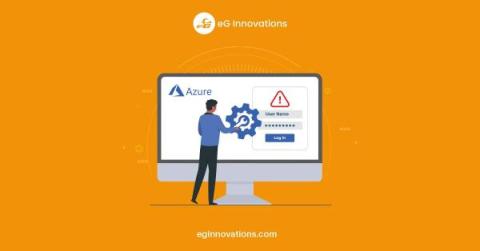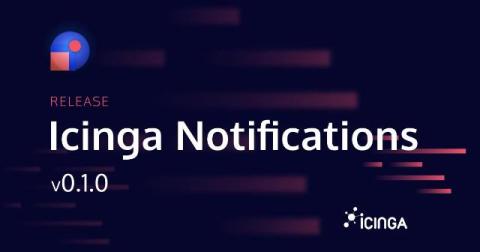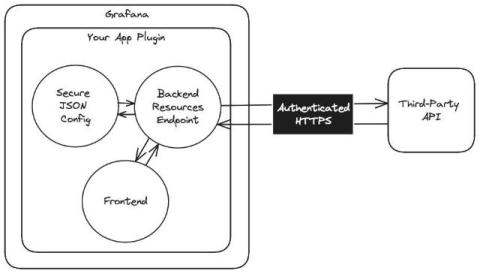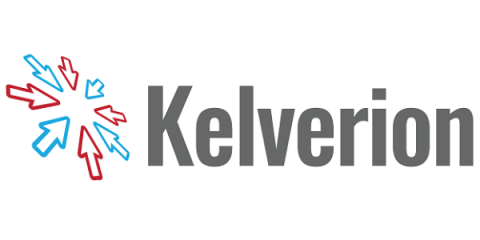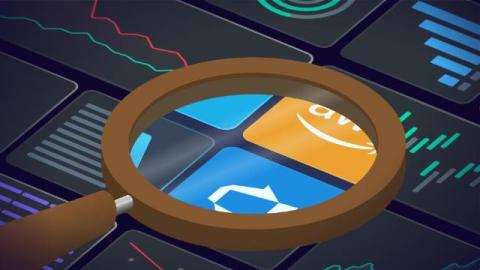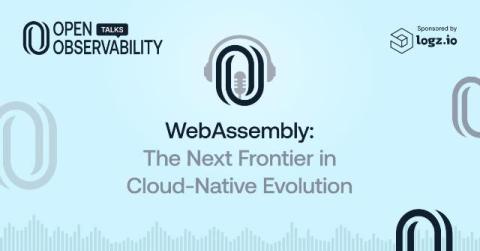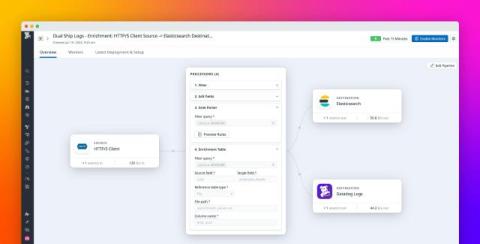Infrastructure Modernization Means a Multi-cloud Future
Today, 84% of enterprises have reportedly embraced a multi-cloud strategy, lured in by the promise of improved agility, resilience, and innovation. But that multi-cloud adoption comes with challenges. Read on to learn more about how a multi-cloud strategy paired with observability can simplify that complexity.



